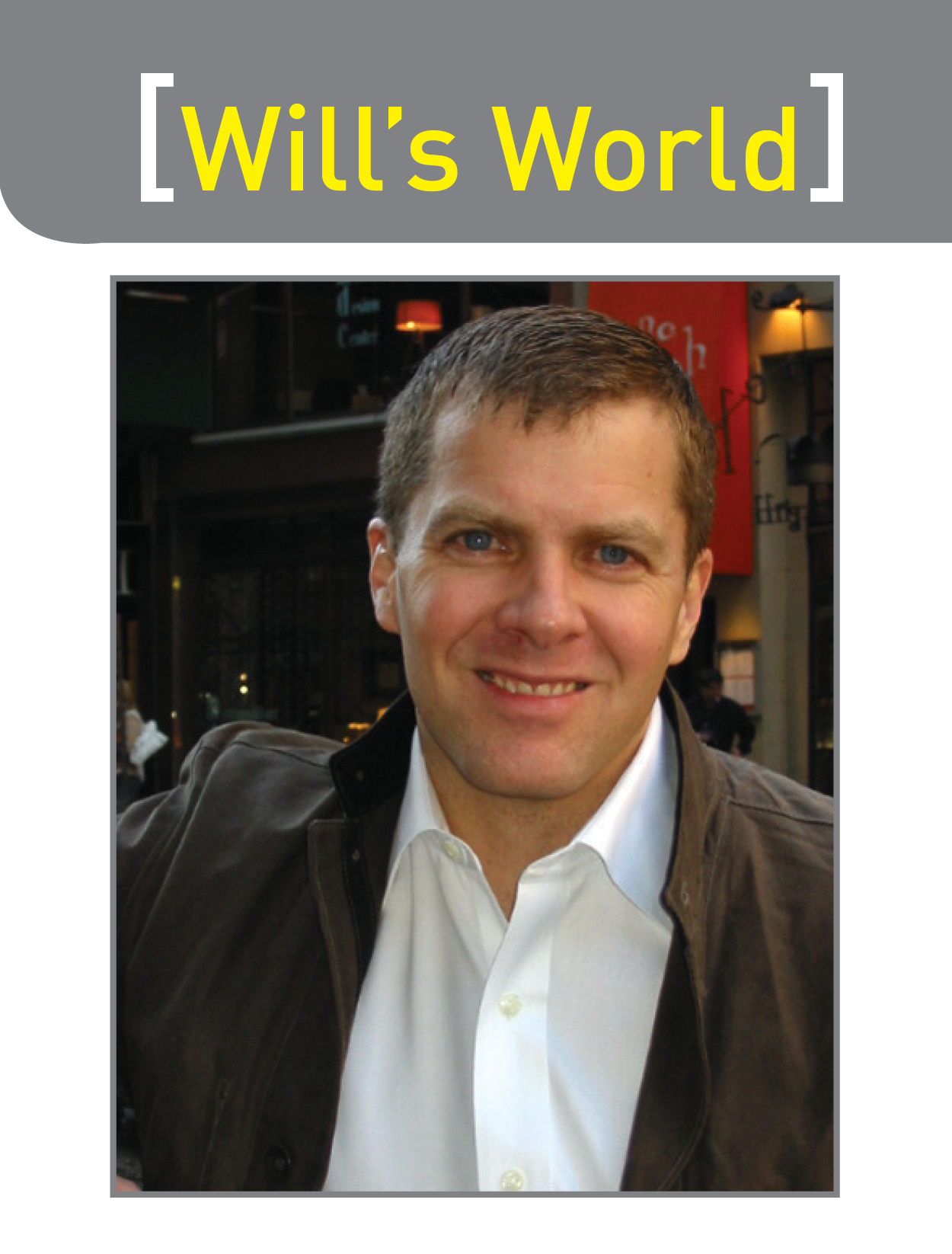By Will Carlin
In the warm late summer evening of September 5, 2007, tennis fans in Flushing, New York, were being treated to tennis played at its highest level. For over two hours, the No. 5 seed Andy Roddick matched the superlative play of No. 1 Roger Federer with nearly error-free tennis in the quarterfinal match of the US Open.
The ideal weather and the terrific efforts of two tennis titans should have made it hard for any tennis fan watching on television not to wish that they were there. And yet, almost the opposite became true because the telecast featured one of the most special nights of sports commentating ever heard.
The coverage was provided by USA Network, and the announcing team was Ted Robinson and tennis legend John McEnroe. Already a solid team, a few games into the match, they were joined by a guest making his commentating debut: the newly retired Andre Agassi.
Like millions of others, I sat there almost stunned by Agassi’s performance in the booth. Joe Posnanski, a columnist for Inside Tennis, said later, “[It was] great. Thoughtful. Fascinating. Incisive. For two-plus hours, I sat mesmerized [as I] listened to Agassi.”
Throughout, Andre’s insight sparkled, as with this story about Boris Becker’s serve: “Speaking about little ticks that give away serves: I always felt Boris had one of those that helped me… that gave away his tendencies. He had this habit, when he would go into his rocking motion, he would toss the ball and his tongue would either stay in the center of his lips if he was serving up the middle of the deuce court, or he would actually slide it to the side of his mouth if he was serving wide.”
“You’ve got to be making this up,” responded a stunned McEnroe.
“You can’t make that up,” Andre replied. “Get the tape. [And the USA Network promptly did so.] Boris would go into press conferences after our matches and say, ‘It’s like this guy reads my mind.’”
And he went on and on, offering insight into both Federer’s and Roddick’s games, into what made each so good and into what prevented Andy from beating Roger. It was captivating television.
Almost twenty years ago, I had the opportunity to do the television commentary for three US Opens in squash. Originally produced by the Houston Sports Network, they showed up occasionally at 3am on ESPN. At the time, I thought I did a pretty good job, but whenever I pop in a recording of one of those matches, I can’t get past the pre-match introductions, where I say, “I am very excited to be here.”
“Really?” you would wonder if you saw it, because my ever-so-serious countenance didn’t exactly reflect the thrill I said I was feeling. “Do you know have any idea how to SMILE?” I want to scream at the on-screen me. Brutal.
But I do remember it being fun and kind of crazy. I was wearing a headset into which the producers would say, “That’s good, Will, now finish up in 5… 4… 3… 2… 1.” The thrill of trying to make a point, keep it interesting, and tie it up within a set amount of time made was addictive, and I hoped someday I would get the chance to do it again.
So, when I walked into the Tournament of Champions this past January and was asked to do the PSALive commentary, I felt a long-dormant rush of excitement.
PSALive, for those of you who don’t yet know, is an online service that streams live feeds of PSA tournaments from around the world. The visual clarity of the matches is incredible (it wasn’t that long ago that catching an occasional glimpse of the ball during a televised match was considered high quality), and with no cable television covering squash regularly, it is the way many fans stay abreast of the top players in the world.
As a result, those who tune in are diehards —and extremely knowledgeable. I had that in mind as I ate the free sandwich they gave me for dinner and settled in to call the final match between world number six, James Willstrop, and world number two, Ramy Ashour.
I was announcing the match with world number 20, Jonathan Kemp, and as the match began, I thought the audience would best be served by my asking Jonathan questions to take advantage of his expertise.
In tennis, the players almost always take 20-to-30 seconds between points, so there is ample time to explore a topic and not talk during actual play; in squash, however, with only six-to-seven seconds between points, the trick is to make quick observations while simultaneously commenting on actual points. There is nothing worse than watching a spectacular series of shots and having the commentators ignore the action in order to finish a remark.
Luckily, both James and Ramy played amazing squash, with the great majority of points ending on winners rather than errors, so it was almost impossible for us not to be excited by the shotmaking and the rallies. And though our commentating during the three-game Ashour victory didn’t approach what I now think of as the Agassi standard, Jonathan and I managed to explore the advantages and disadvantages of being a tall player (both Ashour and Willstrop are over six feet), the effect of deception on fatigue, the sportsmanship of the two players, and their respective strategies for the match.
All in all, I thought we did pretty well. Of course, I thought so 20 years ago, too. This time, however, the PSALive cameras never focused on Jonathan and me, so when I finally get the nerve to watch the replay, I won’t be disappointed by my lack of a smile.



